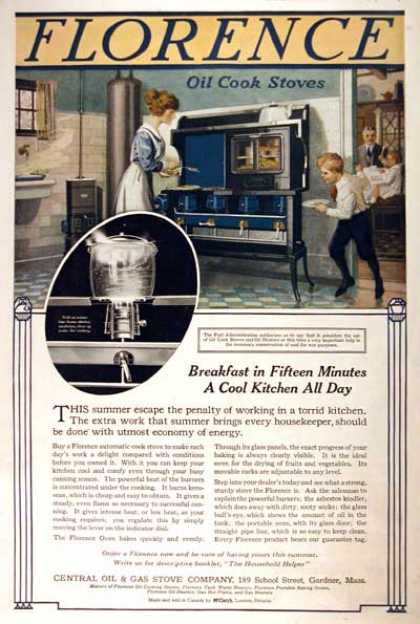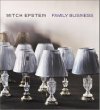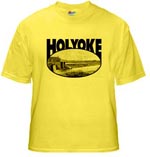by Laurel | February 7th, 2013
16 April 1939
Fire Department Kept Busy Putting Out Fires Where They Exist
Hazard Has Shown Increase Since 1932
Coming of Oil Burner Has Resulted in Great Accumulations of Rubbish Formerly Burned in Stoves
For several years the board of fire commissioners have recommended that an investigation he had into ways and means of lessening the number of ash chute and ash box fires, thereby reducing the hazard to the numerous tenement properties and heir tenants and also reducing the risks attendant upon each response to an alarm.
As matters now stand in the city government, the recommendations could probably be kept standing in type from year to year as there seems to be no desire to engage in these homely tasks of government. If the fire department officials could devise some means of making the task sensational there would undoubtedly be an instant response.
Conditions Peculiar to Holyoke
The ask box and ash chute situation seems to be peculiar to Holyoke and one which will apparently increase rather than decrease until such time as now regulations are adopted to wipe out or lessen the evil
In a great proportion of the tenement properties of the city there are so called ash chutes in the rear of the buildings originally designed to provide a convenient drop for the householder to dispose of the ashes of a kitchen stove and such other small household rubbish which might accumulate. For many years these were found adequate and the cause of but little annoyance to the fire department. Now and again the apparatus was forced to make a run to extinguish a deposit of rubbish containing some inflammable material which some incautious householder dropped down the chute to the box at the bottom. For the most part, all inflammable material was burned in the kitchen stove and dropped in the form of ashes.
However, with the advent of range oil burners, there was no reduction of household rubbish in the kitchen stove and an increasing quantity of inflammable rubbish was being dumped down the chute. These oil burners have now become so plentiful that in some properties there are no ashes of any kind dropped down the chute. The latter are often not sufficiently commodious to take the bulky rubbish thrust down and are found to be stuffed to the top floor. This presents a costly problem for the alley department and when it takes fire presents a costly and dangerous problem for the fire department.
The great majority of these chutes were constructed as part of the support of the building and floor beams and joists are imbedded in the masonry work which forms the ash chute. None of the accepted principles of construction of incinerators are to be found and in several instances recently, fires in the ash chutes have communicated themselves to the living rooms adjacent, resulting in costly fires which under slightly altered circumstances could be gravely dangerous to those living in the buildings.
The fire department records show an average of about 100 calls annually for fires in ash chutes and boxes and the sum total of property damage was almost negligible up to 1932. When the fire department licenses householders to use oil burners and store fuel under certain regulations, the menace that was at first anticipated with the oil burners proved to be no menace at all but indirectly, the disposal of household rubbish made necessary by the elimination f the usual kitchen stove incinerator, became the actual menace.
In 1933, the new type of kitchen oil burner was recognized by officials and in that year the calls for ash chute fires grew to 140. In 1924, there were 156, 1935 — 180, 1936 — 233, 1937 — 218, and 1938 — 174. The drop noted last year is yet without explanation.
There is ample evidence of the need of some regulatory action on the part of the board of aldermen in the form of revised ordinances and possibly some regulation by the boar of public works whose duty it is to remove the rubbish.
At one time, all loads brought to the city dumps were almost solid ashes and cinders which carts and trucks could load to the utmost of their respective carrying capacities. This type of material being hauled to the city dumps today is bulky, unsavory and light in weight. It requires more men to hands the loading, more trucking to cover a given area and the additional problem of a dumping ground that is almost constantly burning to the great annoyance of entire residential areas.
Correction of this growing evil will eventually result in economics to both the board of public works and the fire department and an improved service and greater personal safety to the householders. The burning question is “who is going to start it?”
Adapted from The Springfield Republican.









